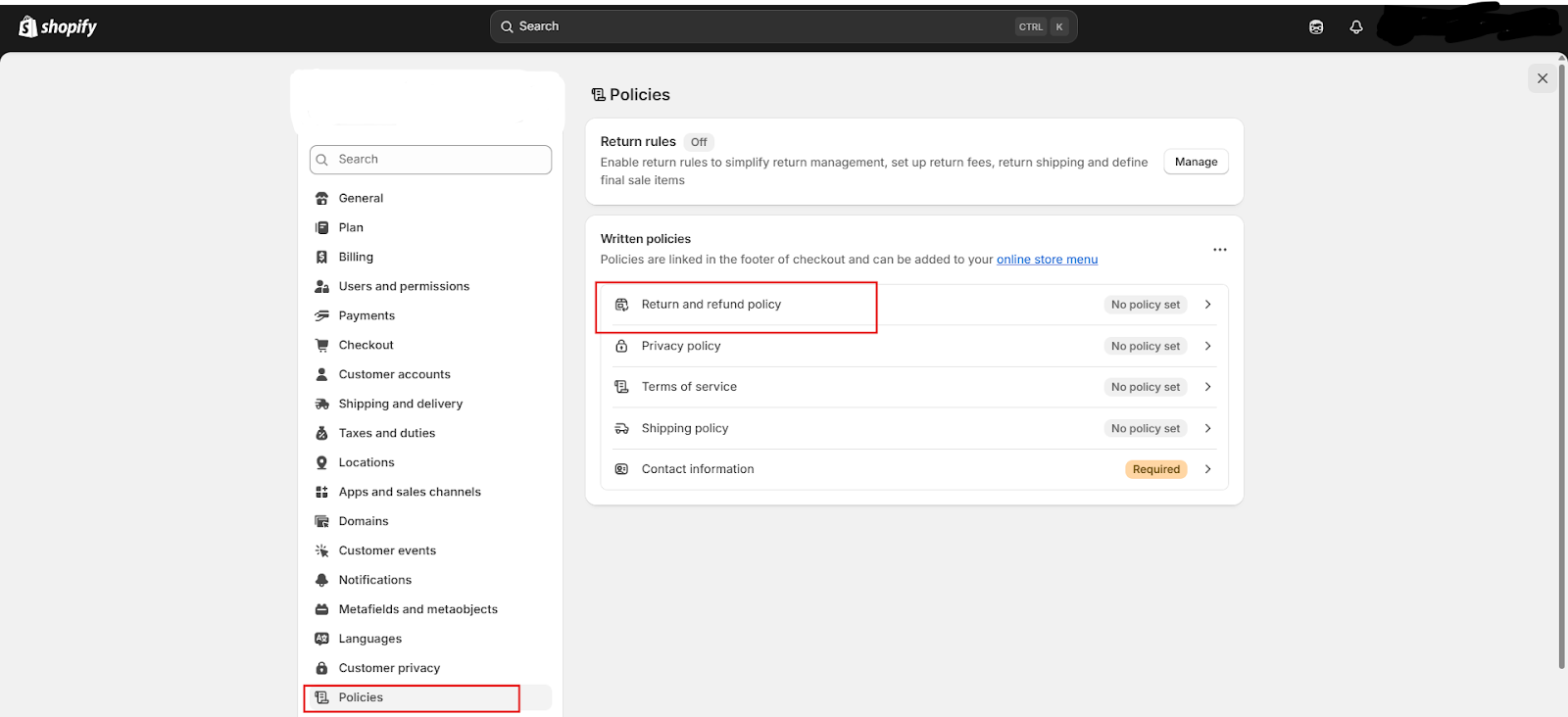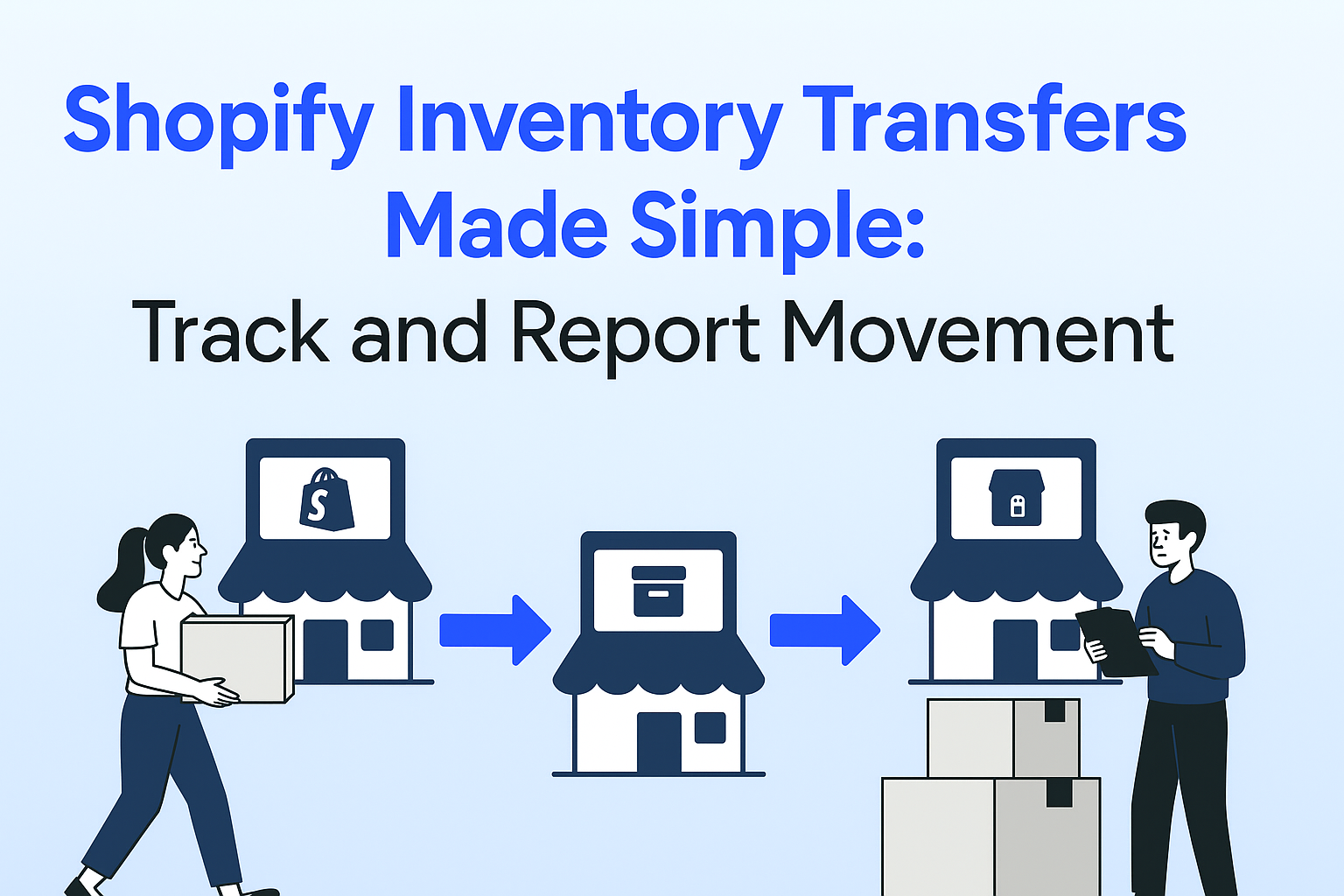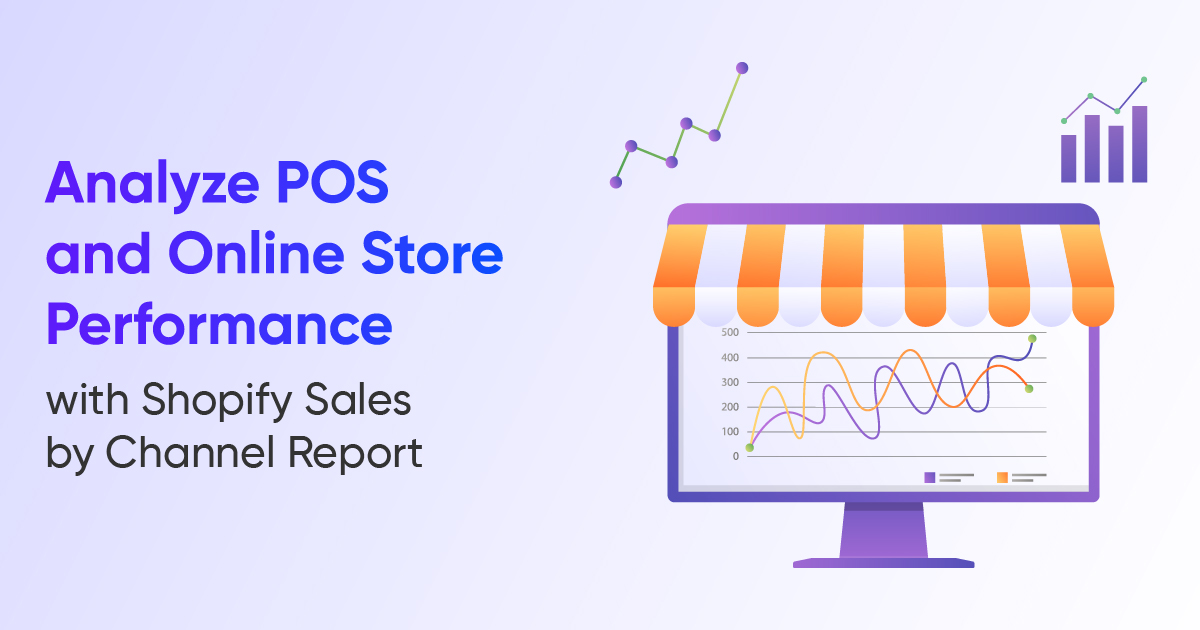The Complete Guide to Shopify Refunds, Returns, and Store Credit

Shopify Returns, Refunds, Exchanges, and Store Credit are important components of customer service and order management in a Shopify store, each serving a distinct purpose.
These concepts interplay to create a flexible, user-friendly returns and refunds policy on Shopify stores, which is critical because consumers often check return policies before purchasing. Merchants can configure settings in Shopify to manage return windows, refund methods, restocking fees, and customer instructions to optimize the post-purchase experience and mitigate fraud risks.
What is Exactly Return, Refunds, and Exchange in Shopify
Returns in Shopify refer to the process by which customers send back items they have purchased. You can create return requests manually within Shopify's admin panel, specifying which items are being returned and providing return instructions.
And Refunds are the reimbursement of money to customers who return products. Shopify enables you to process refunds, returning the money to the customer's original payment method, such as a credit card or PayPal. This is the traditional way of handling returns, but it can delay cash flow for merchants and may take time for the customer to see the refund on their statement.
Exchanges allow customers to swap a purchased product for a different version, such as a different size or color. Shopify facilitates exchanges by allowing merchants to select the returned item and the replacement item, accounting for any price differences. Exchanges keep the customer engaged with the store and avoid a complete refund transaction.
Store Credit in Shopify is an alternative to issuing cash refunds. Instead of refunding money back to the payment method, you can issue a store credit (also called a Shopify gift card) to customers. It helps you by improving cash flow, reducing refund processing delays, and fostering customer retention. Store credits can sometimes include bonus amounts to incentivize customer loyalty.

Key Metrics for Shopify Returns and Refunds
Key metrics for Shopify returns, refunds, exchanges, and store credit include specific formulas and benchmarks that help you monitor performance and optimize post-purchase operations.
Formulas and Targets
Return Rate
Return Rate = (Total Returned Products ÷ Total Products Sold) × 100
A lower return rate generally indicates better product-market fit and customer satisfaction.
Refund Rate
Refund Rate = (Refunded Orders ÷ Total Orders) × 100
This helps monitor product quality and service issues.
Exchange Rate
Exchange Rate = (Exchanged Orders ÷ Total Returned Orders) × 100
A high exchange rate means more customers are retained, and revenue is preserved.
Store Credit Metrics
- Redemption Rate = (Redeemed Credits ÷ Total Issued Credits) × 100
- AOV with Store Credit: Compares average order values of credit vs. non-credit purchases.
- Net Revenue After Returns = Gross Revenue – (Discounts + Returns + Allowances)
Additional Metrics you can use:
- Customer retention rate after store credit issuance
- Time to redemption
- The lifetime value of customers using store credit
Tracking these metrics regularly helps reduce returns, optimize credit usage, and accurately calculate net revenue.
Product Return Rate Report in Shopify Explained
A Shopify Product Return Rate Report quantifies how often products or variants are returned, helping merchants pinpoint product issues and reduce future returns.
Product Return Rate (%) = (Total Returned Quantity ÷ Total Ordered Quantity) × 100
Example: If 40 of 200 T-shirts were returned → (40/200) × 100 = 20% Return Rate
Fields you get in the report:
The comprehensive Shopify product return rate report should include:
- Product Name
- Product ID or SKU
- Variant Name (e.g., color/size)
- Collection Name
- Ordered Quantity
- Returned Quantity
- Return Rate (%)
- Net Sales (post-returns)
- Gross Sales
- Order Date/Return Date
- Customer/Order ID (for segmentation)
- Vendor/Brand (for supplier evaluation)
Best Practices
- Use defined date ranges
- Segment by customer type
- Avoid mixing periods
- Automate using Report Pundit or Shopify's advanced reports
This report helps merchants identify issues with SKUs, suppliers, and track post-sale improvements.
Refunds and Payout Reconciliation in Shopify Payments
Shopify Payments payout reconciliation ensures reported sales, refunds, and fees match actual bank deposits.
Matching Refunds to Payouts
Each payout includes charges, refunds, and fees, grouped by payout date (daily/weekly). Refunds may appear in later payouts and always reconcile by payout date, not sale date.
Steps:
- Export “Payout Transactions” CSV.
- Match refunds by payout group.
- Subtract refunds and fees to verify net payout = bank deposit.
Best Practices
- Always reconcile by payout date
Match refunds using the payout date, not the order date, since Shopify groups transactions by payout. As it ensure your reports match actual bank deposits accurately. - Fees are not refunded
Shopify and most gateways don’t return processing fees when issuing refunds, so include these fees in your return cost calculations for accurate profit tracking. - Use accounting integrations for automation
Connect tools to auto-sync refunds and payouts. Also, this saves time, avoids errors, and keeps your books perfectly aligned with Shopify.
Returns and Exchanges Workflow with Reasons and Outcomes
Shopify’s return and exchange process helps store owners handle customer returns smoothly and understand why products are being sent back. It starts when a customer asks to return or exchange an item. The store then records the reason for the return, such as wrong size, damaged item, or change of mind. After checking the request, the merchant approves it and sends the customer clear return instructions or a shipping label.
Once the product is received, the store either issues a refund, gives store credit, or sends a replacement item. Finally, stock levels and financial records are updated, and the store reviews the reasons and outcomes of returns to find patterns and improve the customer experience.
Fields to Track
- Order ID, Product, Reason, Date, Outcome, Credit/Exchange Amount, Status, Logs
Save-the-Sale Metric:
Count how many refunds are converted to exchanges; that is a key retention signal.
How does it help your store
- Standardize reason codes
Create a consistent list of return reasons like “wrong size,” “defective item,” or “changed mind.” And allows you to easily track trends, identify recurring product issues, and make data-driven improvements. - Use workflow automation: Automate return approvals, notifications, and updates to save time and reduce manual work.
- Measure refund-to-exchange conversions
Track how many refund requests turn into exchanges instead. A higher conversion rate means you’re retaining more customers and protecting your revenue.
Store Credit Reporting: Issued, Redeemed, Balance, and Breakage
Track store credits across their lifecycle for retention and revenue accuracy.
Key Metrics
- Credits Issued
- Credits Redeemed
- Outstanding Balance
- Redemption Rate = (Redeemed ÷ Issued) × 100
- Breakage: expired or unused credits
Best Practices
- Set expiry alerts
- Monitor redemption timing
- Track outstanding balances for accounting
- Analyze breakage trends by cohort
Store Credit versus Gift Cards for Reporting and Accounting
Store Credit
- Issued to individuals for returns, loyalty, or goodwill
- Non-transferable; not purchased
- Simpler lifecycle and reconciliation
Gift Cards
- Purchased and transferable
- Ideal for gifting and promotions
Store credit retains customers and simplifies refunds; gift cards expand reach through prepaid gifting. Both require deferred revenue tracking and breakage analysis for accounting accuracy.
Automation Schedule for Return and Refund Reports
Automate recurring reports to maintain visibility and accuracy.
Tips
- Schedule via email, Sheets, Excel, or FTP
- Add filters for completed returns only
- Automate expiry alerts for store credits
Benchmarks and Thresholds to Reduce Return Rate
You can use these benchmarks to better understand and improve your store’s performance. Start by benchmarking by category to see how your products' return rates are performing compared to others in the same category. Track store credit utilization to measure how often customers use their credits and how it affects repeat purchases. Next, analyze net revenue trends to spot growth patterns or areas that need attention. Finally, you can automate benchmarking reports with us, so you receive regular insights without manual effort, helping you stay informed and make data-driven decisions easily.
Industry averages for Shopify stores (2025):
- Overall: 15–20% (Healthy <15%)
- Apparel: 23–30%
- Electronics: 6–10%
- Home Goods: 8–15%
- Beauty: 4–8%
Healthy Store Credit Redemption: 10–30% (best >25%)
Net Revenue After Returns:
Target a positive quarterly trend with 10–20% profit margins.
Conclusion
Managing returns, refunds, exchanges, and store credit in Shopify is important for keeping your customers happy and maintaining the store operations. A simple process can build trust and encourage your customers to buy again. Store credit can turn refunds into future sales, helping improve customer loyalty and retention. By tracking refunds and returns, you can easily spot issues such as product quality concerns.
Advanced tools like Report Pundit make it easy to automate your reports and analyze market trends that give you the insights to reduce losses to improve efficiency, and grow your business sustainably.

Build and automate your Shopify Reporting
Unlock the full potential of your Shopify store with Report Pundit. Gain access to over 2000 data fields, automate reports, and make data-backed decisions to grow your business.

.svg)
.svg)
.svg)





